FAQs
Everything you need to know about our service. Can’t find the answer you’re looking for? Please, chat to our friendly team.
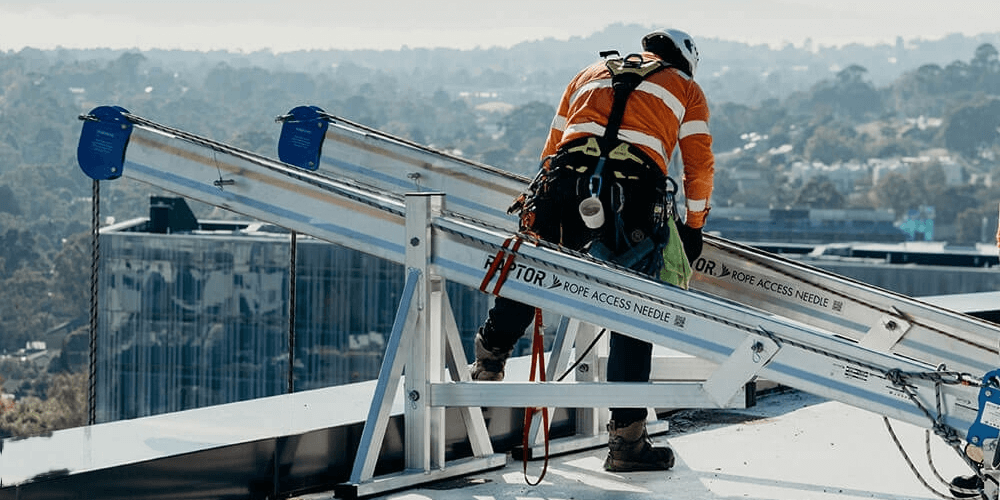
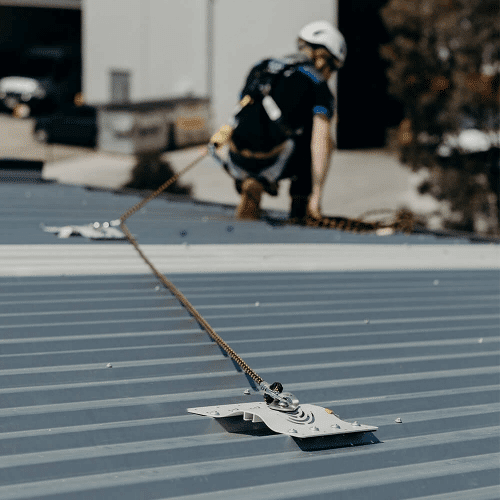
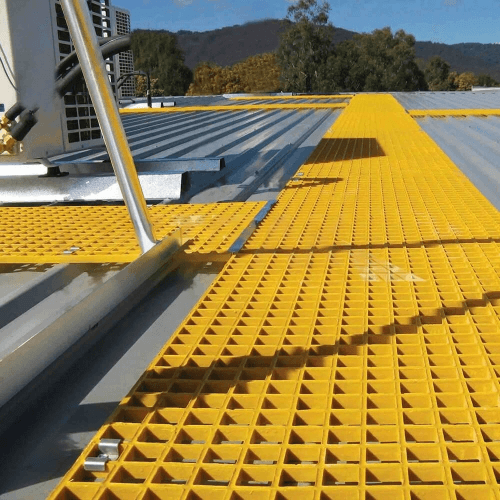
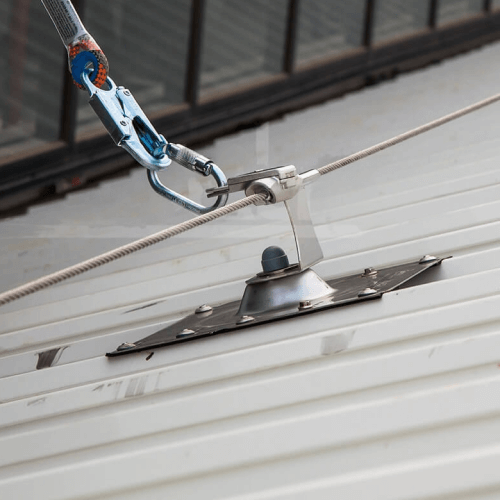
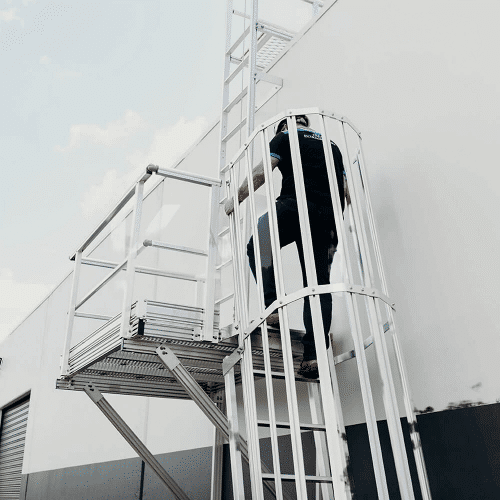
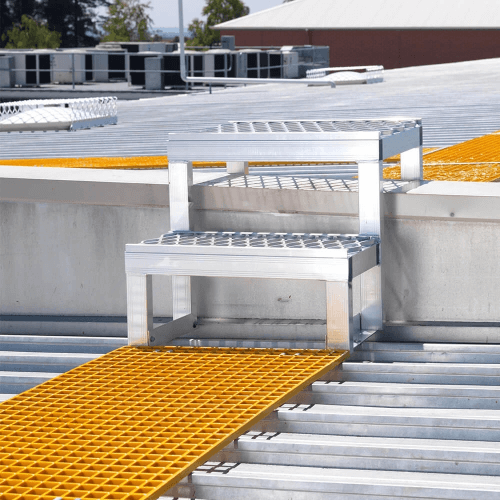
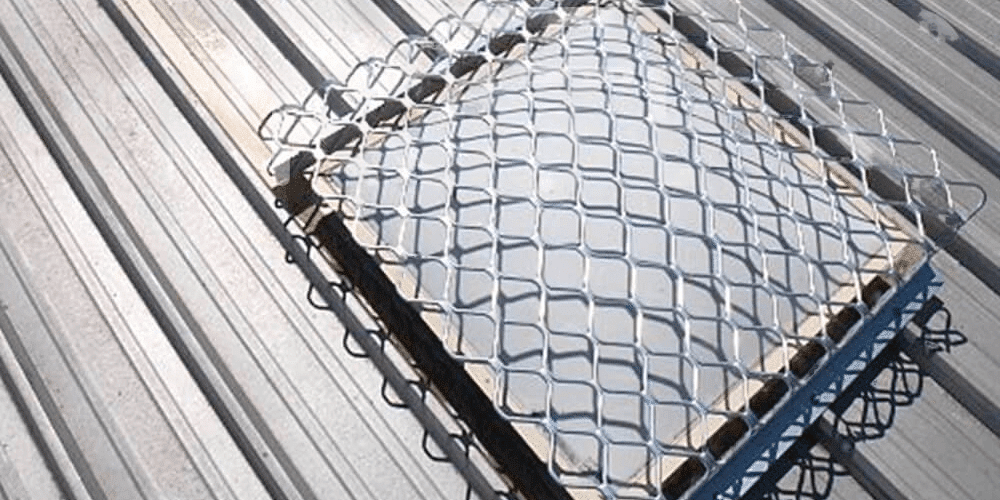
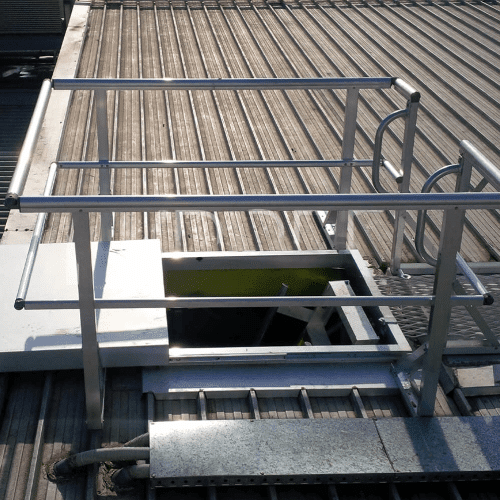
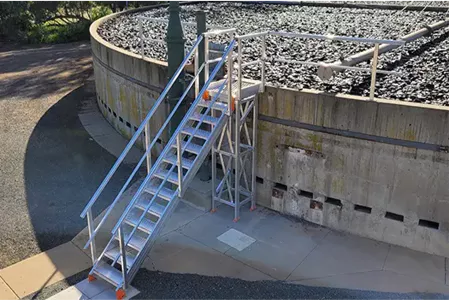

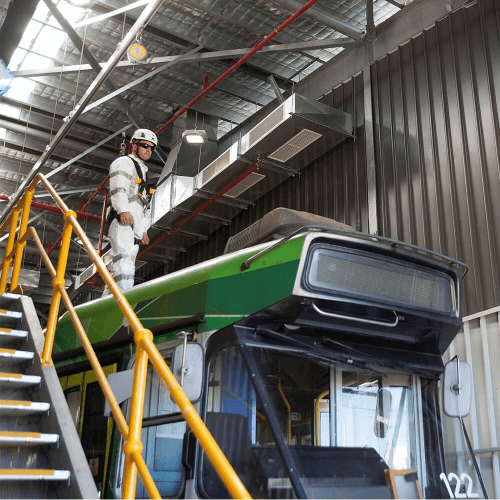
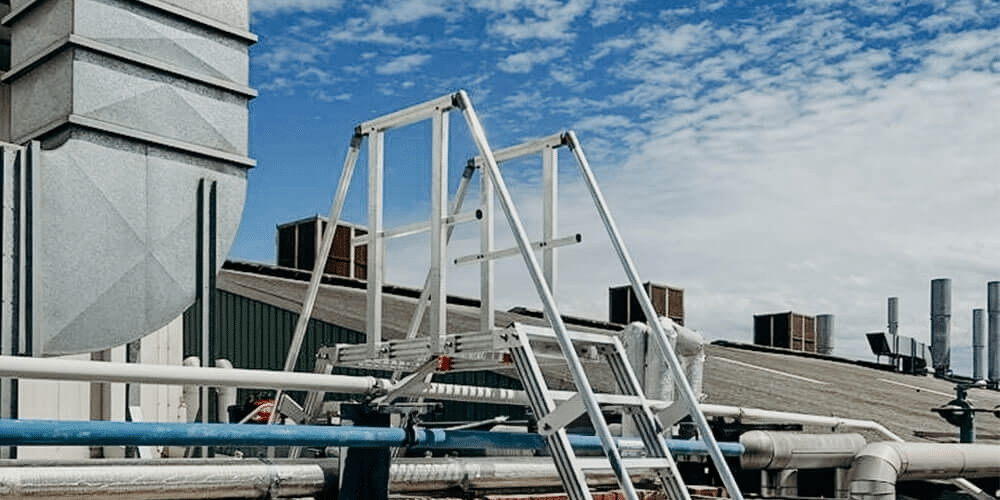

Many glass and curtain wall facades lack load-bearing capabilities. Rope access (abseil) over these facades must be independently supported so that there is no load applied, which often requires specialist equipment. Building designers must consider incorporating roof access, fall protection, and facade maintenance systems into their documentation.
For existing buildings, it is the responsibility of the PCBU (Person Conducting a Business or Undertaking) to ensure that their workers are supplied with user-friendly, compliant, and efficient systems that offer the safest way to perform work at height.
There are a variety of systems available for facade maintenance, each with its own advantages and disadvantages. Here, we discuss the most popular options:

Easy access to difficult-to-reach areas
Effortless mobility
Low maintenance and dust resistant
Requires a qualified rope access operator
A BMU is an automatic, remote or controlled mechanical vehicle with a cradle that can be suspended from the roof. It moves around the upper level of a structure, carrying personnel to conduct maintenance.
Wide working area
Multiple person use
Reduced risk level
Suitable for tall buildings
Large initial investment
Limited ability for retrofitting to existing buildings
Expensive and ongoing maintenance
This code provides practical guidance for businesses on how to identify, assess, and control workplace hazards to minimize risks to workers' health and safety.
This industry code, published in September 2021, provides guidance on the design, installation, and maintenance of fixed platforms, walkways, guardrails, stairways, and ladders for working at height.
Larger units can have significant footprints
Generally, two-person use capacity
This code offers guidance on the design, installation, and maintenance of permanent anchor systems, lifeline, and rail installations for working at height.
This code provides practical guidance on managing risks associated with falls at workplaces, including risk assessment and control measures.
Selecting the right facade maintenance system requires careful consideration. Each building is unique, and height safety solutions are not one-size-fits-all. At SAS Projects, we can assist you with new system designs or conduct auditing and/or system installation on your existing buildings. For advice on your requirements, contact us on the form below:
Everything you need to know about our service. Can’t find the answer you’re looking for? Please, chat to our friendly team.
Facade access systems enable safe maintenance, cleaning, and inspection of tall structures, ensuring the exterior remains in pristine condition and safety hazards are identified.
Designed for flexibility, these systems can be customized to accommodate varying building contours, window placements, and structural nuances.
Absolutely. Modern systems are adaptable and can be retrofitted to established buildings, ensuring enhanced safety and accessibility.
Features include robust anchoring points, fall arrest mechanisms, weather-resistant materials, and user-friendly controls to mitigate risks in elevated settings.
Typically, annual inspections are standard, but given the critical nature of the system, more frequent checks might be recommended based on usage and environment.
Yes, they adhere to stringent guidelines, ensuring the system's reliability and the safety of the personnel utilizing them in high-altitude settings.